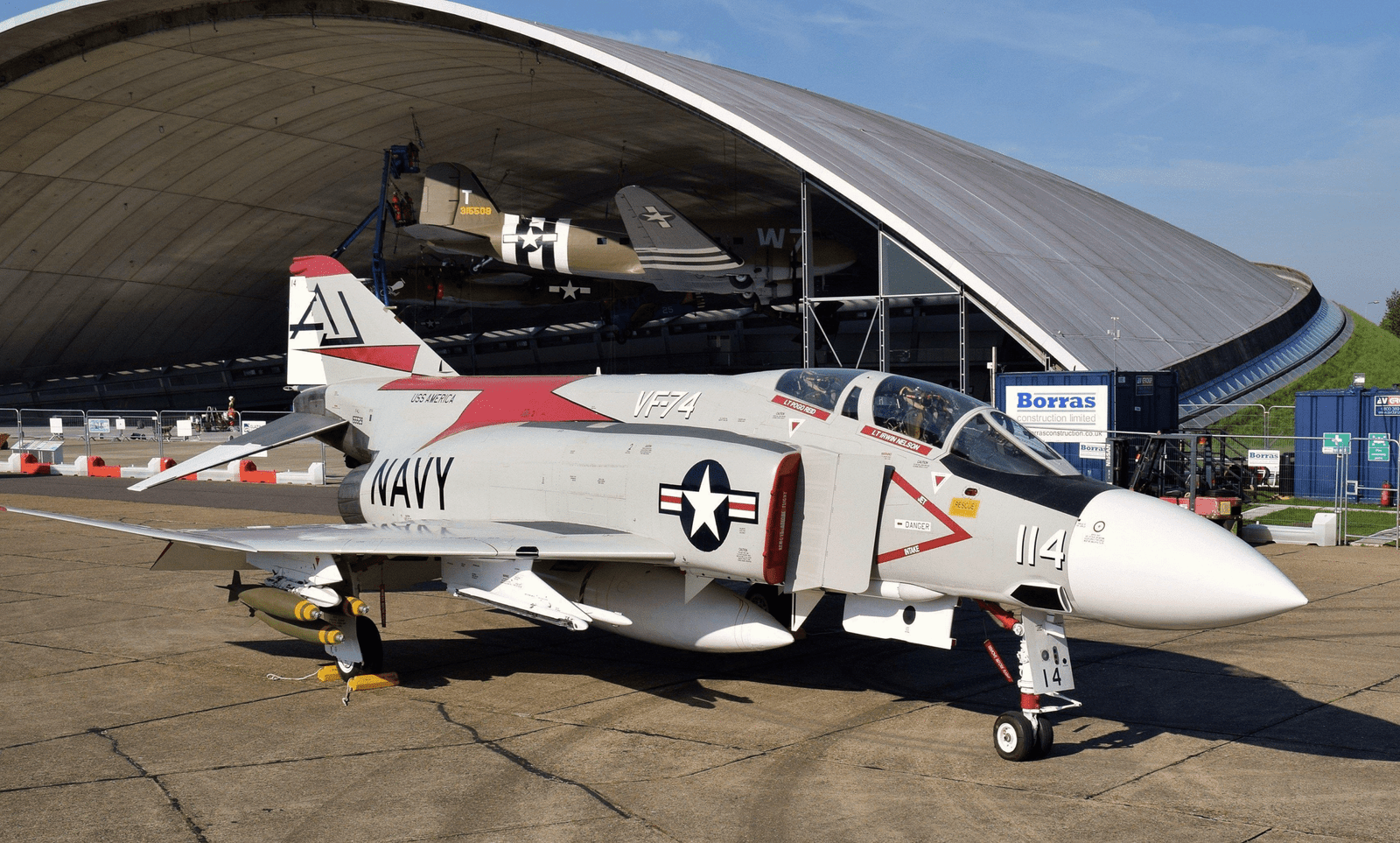
If you’ve ever spoken with plane enthusiasts, you understand that the McDonnell Douglas F-4 Phantom II is so much more than just another fighter plane—it’s a legend. With over 5,000 built between 1958 and 1981, it is the most produced supersonic military aircraft in history. Its war record is a highlight reel of Cold War aerial power. Let’s dive into five of the most legendary missions and duties the Phantom served for the U.S. military.

5. Shooting Down Enemy Air Defenses (SEAD)
The Phantom was all about dogfighting, yet it also had a critical mission: tracking down enemy radar installations. The F-4G Wild Weasel that appeared in the 1970s had a pilot and an electronic warfare officer teaming up to lure enemy air defenses into displaying their radar emissions.

Once the radars were activated, the pilots would home in on those locations and destroy them with anti-radiation missiles. It was a dangerous job that was vital in Vietnam and the subsequent Gulf War, clearing the air so other planes could carry out their mission in safety.

4. Owning the Skies (Air Superiority)
The Phantom was meant to dominate the skies. F-4s carried out air superiority missions with missiles like the AIM-7 Sparrow and AIM-9 Sidewinder, and anti-radar missiles like the AGM-45 Shrike and AGM-88 HARM during Operation Desert Storm. At a top speed of Mach 2 and able to fly above 60,000 feet, the Phantom was the one to beat. It protected Kuwaiti airspace, launching dozens of missiles and confronting enemy fighters head-on.

3. Interfering with enemy supply lines (Air Interdiction)
Aerial strikes against enemy supply lines and bases were one of the missions most critical to the Phantom. It could carry up to nearly 19,000 pounds of missiles, rockets, and bombs across nine outboard hardpoints.

The fact that it could switch from air-to-air combat to ground attacks made it the choice among commanders who needed firepower that was flexible. Such missions had the objective of weakening the enemy before their forces had even reached the front lines.

2. Defense of the Bombers (Strike Escort)
Over the heavily defended North Vietnamese skies, F-4s were regularly utilized as escorts, protecting bombers and attack aircraft from enemy fighters. Close-knit formation, flying in small clusters together, their purpose was to identify and destroy the dangers before they could strike the primary strike force.

Phantom’s speed, firepower, and agility made it well suited for a defensive mission of this sort. If required, it could drop its bombs and engage in dogfighting to provide cover for its squadron.

1. Supporting Ground Troops (Close Air Support)
Close air support—striking right with ground troops—was one of the Phantom’s greatest functions in Vietnam. Thailand-based and Korean-based units carried out CAS missions, dropping general-purpose bombs, rockets, and missiles. The Phantom, with its huge payload and flexibility, could deliver crushing blows precisely where troops most needed support, often decisive in turning battles that had been hard to win.

Other than its fighter roles, the F-4 Phantom II was a genuine pioneer. It was one of the first of its type to try out analog fly-by-wire controls and was able to reach Mach 2 on such equipment. Over the years, it was present in many configurations—from the carrier-capable Navy F-4B to the Air Force ground attack F-4E, reconnaissance RF-4C, and electronic warfare F-4G Wild Weasel. Its twin J-79 engines, advanced radar, and wide range of weaponry made it valuable for decades.

The legacy of the Phantom is not merely museum exhibits and model kits. Its ghost endures in modern-day fighter planes, proof of American ingenuity and the constant quest to dominate the skies in an always-changing realm of aerial warfare.
